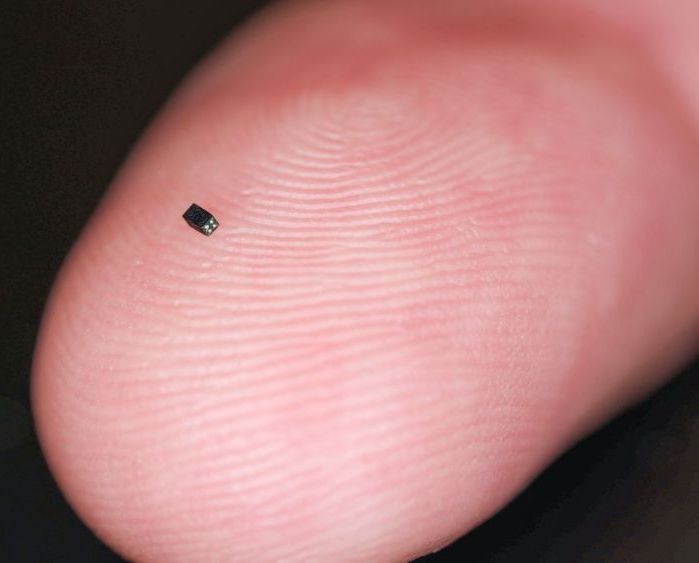They say it can detect fevers from a distance.
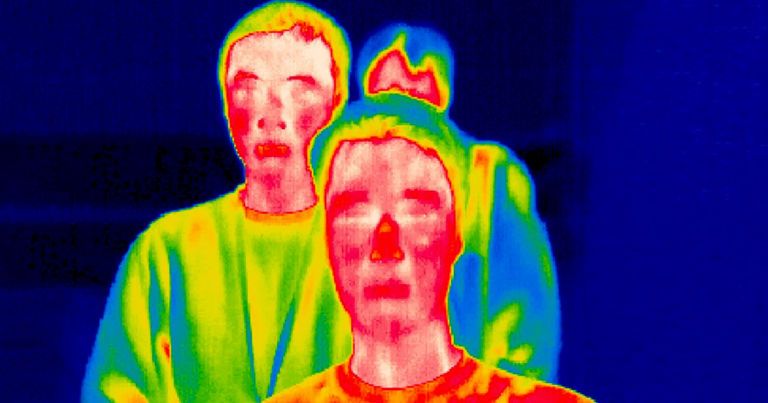

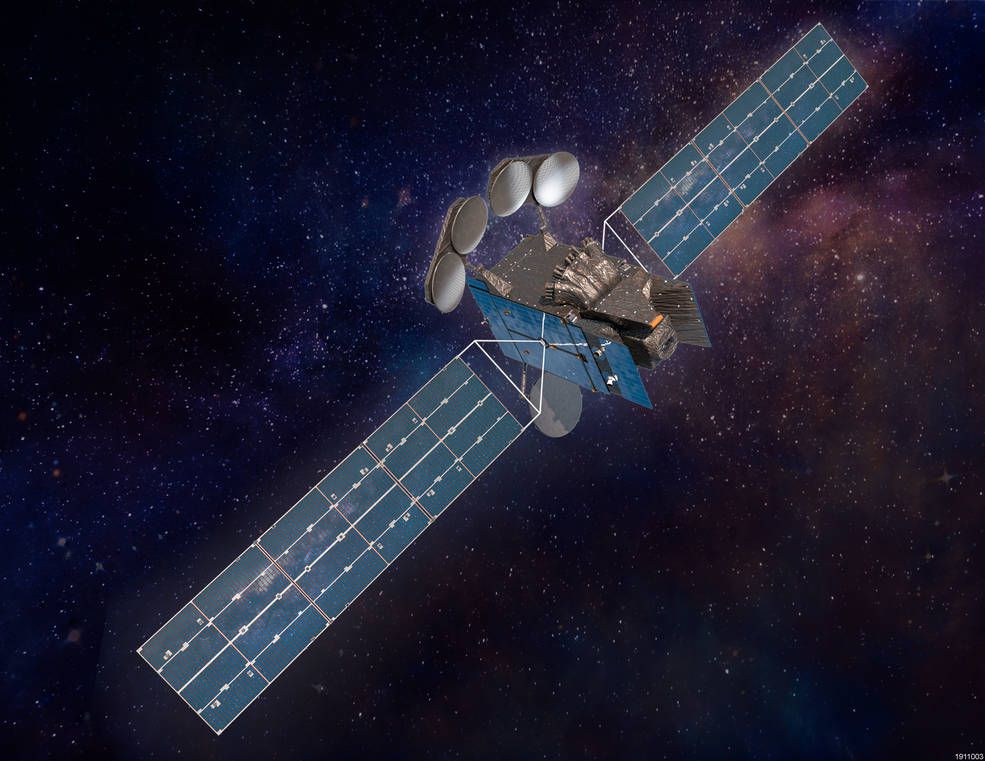
WASHINGTON — Maxar Technologies says the geostationary satellite order it disclosed in November without naming the customer is a high-throughput Intelsat spacecraft that will also carry a pollution sensor for NASA.
Intelsat announced Feb. 3 that it had selected Maxar to build Intelsat-40e, a satellite that will provide high-throughput coverage of North America and Central America.
Intelsat-40e will also carry NASA’s Tropospheric Emissions: Monitoring of Pollution (TEMPO) hosted payload under a NASA contract with Maxar.

A creature so rare that it has only a few recorded sightings across the world has been caught on camera by stunned scientists.
The benthic siphonophore, which looks like a single animal, is actually a “floating city” of many smaller organisms working together.
The creatures are so rarely seen that their ecology is almost unknown, though they are thought to make their home at depths of up to 3000m.
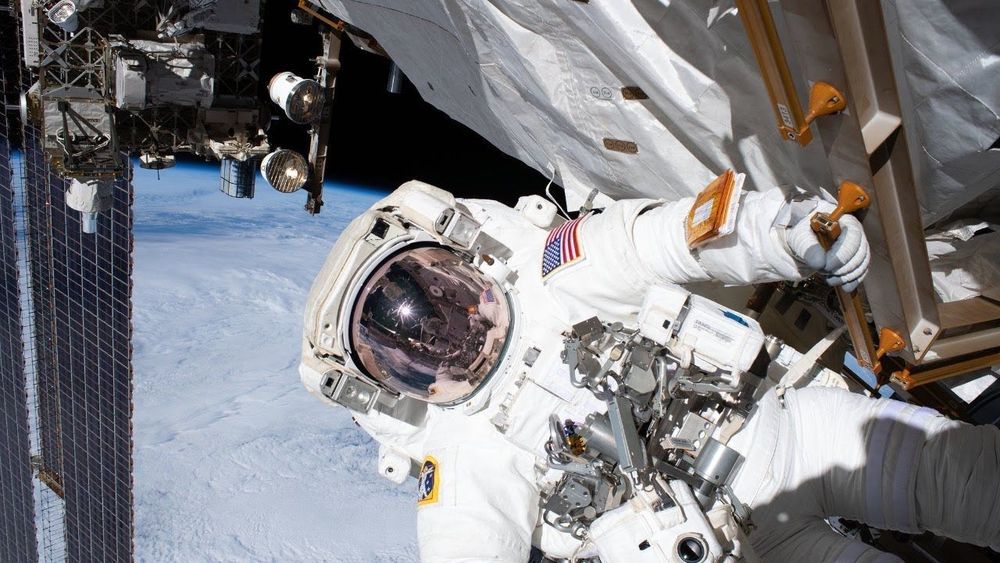
Live Spacewalk: Watch as astronauts complete the intricate process of repairing the Alpha Magnetic Spectrometer (AMS), a dark matter and antimatter detector outside the International Space Station.
On Sat., Jan. 25 at 6:50 a.m. EST, tune in for a live spacewalk as Luca Parmitano of the European Space Agency (ESA) and Andrew Morgan of NASA perform the fourth and final spacewalk to repair AMS, which has far outlived its planned three-year lifespan. In addition to revitalizing an important piece of scientific equipment, the process of creating the tools and procedures for these spacewalks is preparing teams for the types of spacewalks that may be required on Moon and Mars missions.
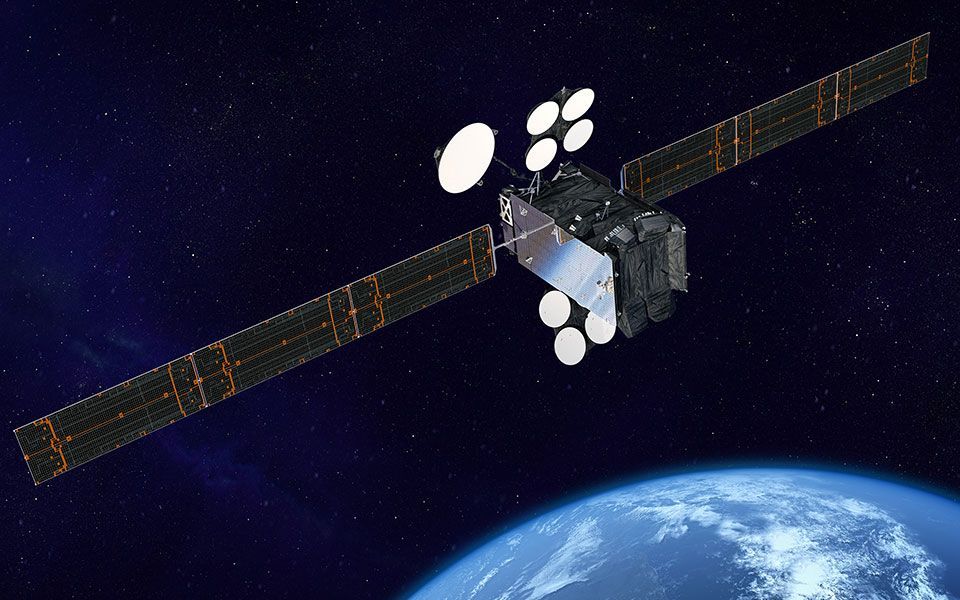
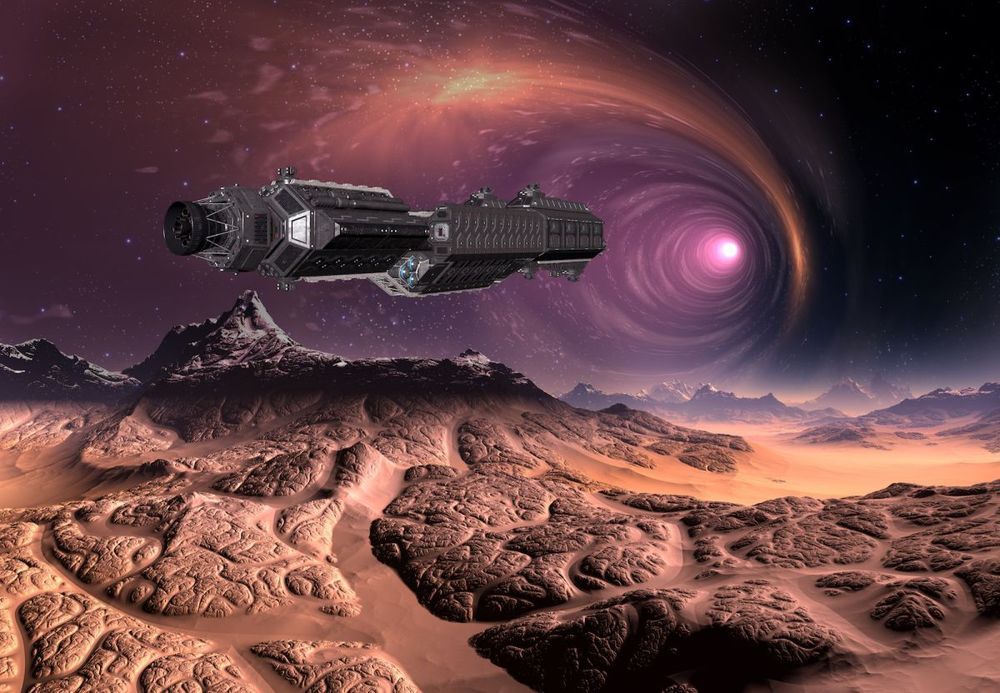
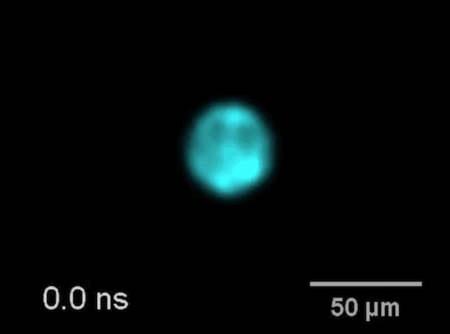
A little over a year ago, Caltech’s Lihong Wang developed the world’s fastest camera, a device capable of taking 10 trillion pictures per second. It is so fast that it can even capture light traveling in slow motion.
But sometimes just being quick is not enough. Indeed, not even the fastest camera can take pictures of things it cannot see. To that end, Wang, Bren Professor of Medical Engineering and Electrical Engineering, has developed a new camera that can take up to 1 trillion pictures per second of transparent objects. A paper about the camera appears in the January 17 issue of the journal Science Advances.
The camera technology, which Wang calls phase-sensitive compressed ultrafast photography (pCUP), can take video not just of transparent objects but also of more ephemeral things like shockwaves and possibly even of the signals that travel through neurons.

A new beginning
Roh Tae-moon was pivotal to the development of the Galaxy brand, and he’s now overseeing Samsung’s mobile efforts.

At CES, LG Display is showing off a 65-inch concept TV that can bend at the edges, allowing it to switch from a flat-screen display to a curved one in about five seconds. The company also put a bendable OLED on a foldable tablet/laptop.
